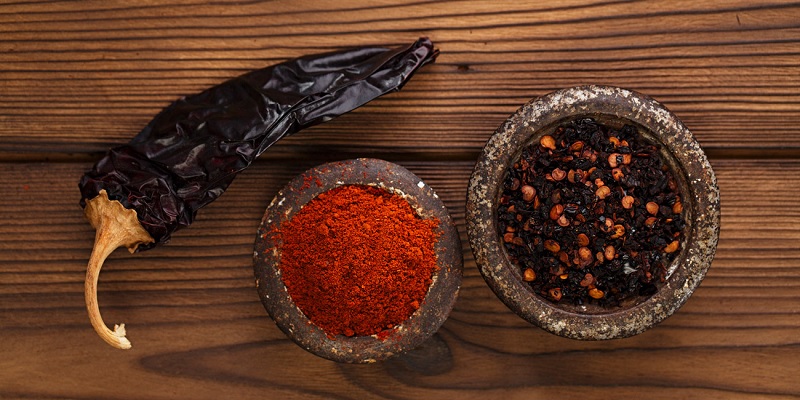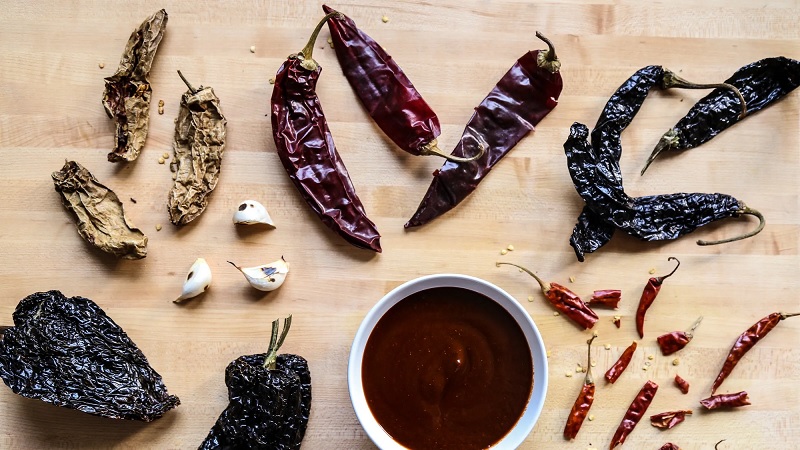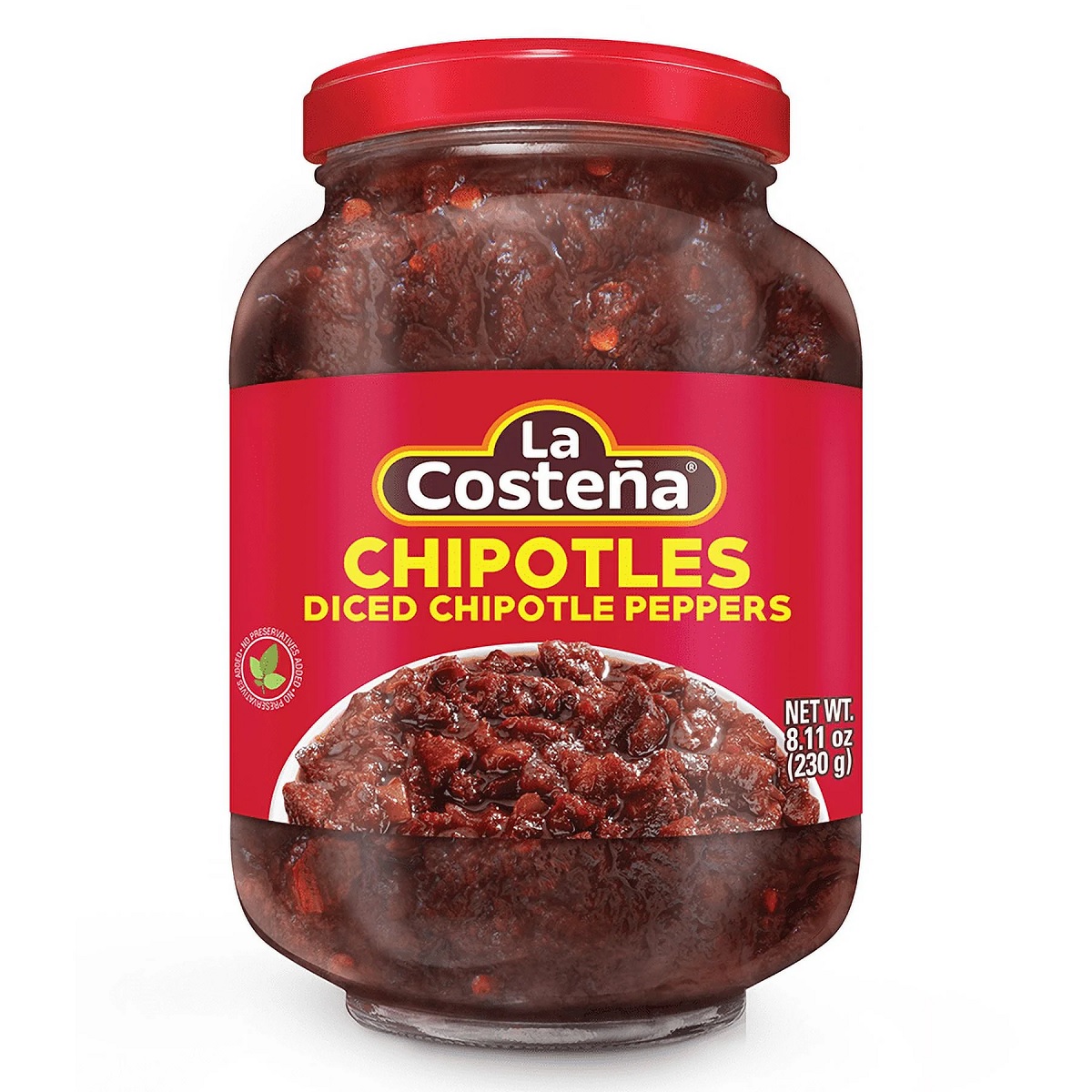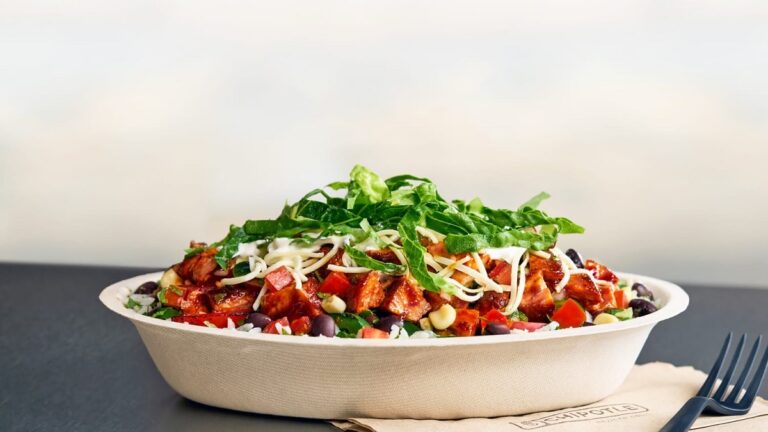What Is a Chipotle Pepper – Flavor, Uses, and Health Benefits
Chipotle peppers have become a popular ingredient in kitchens and restaurants around the world, but many people still wonder what is a chipotle pepper. These peppers are actually fully ripened jalapeños that have been smoked and dried, giving them a unique, rich flavor that is both smoky and mildly spicy. Widely used in Mexican cuisine, chipotle peppers add depth and complexity to sauces, marinades, salsas, and even grilled dishes.
Their distinct taste sets them apart from fresh or other dried chili peppers, making them a favorite among chefs and home cooks alike. Understanding what a chipotle pepper is not only helps you appreciate its flavor profile but also allows you to experiment with it in your cooking, whether you’re looking to add a subtle heat or a bold smoky note to your meals.
Origins of the Chipotle Pepper
The chipotle pepper has a fascinating history that ties closely to traditional Mexican cuisine. Known for its smoky flavor and moderate heat, the chipotle has been a staple in regional dishes for centuries. Understanding its origins provides insight into how this unique pepper became a culinary favorite worldwide.

From Jalapeño to Chipotle
A chipotle pepper starts as a fully ripened jalapeño. Once harvested, the peppers are dried and smoked over a slow-burning wood fire, a process that concentrates their flavors and adds the signature smokiness. This method of preservation dates back to pre-Hispanic times, allowing communities to store peppers for long periods without refrigeration. The transformation from fresh jalapeño to chipotle highlights the ingenuity of early Mexican culinary traditions.
Regional Significance in Mexico
Chipotle peppers originated primarily in central and southern Mexico, where they were incorporated into sauces, stews, and marinades. Their smoky, spicy flavor became a defining characteristic of many traditional dishes, providing both heat and complexity. Over time, the popularity of chipotle spread beyond Mexico, influencing international cuisines and becoming a key ingredient in sauces, salsas, and seasoning blends.
Cultural Impact
The chipotle pepper’s rich flavor and versatility have made it a symbol of Mexican culinary heritage. Its use in modern cooking connects contemporary chefs and home cooks with centuries of tradition, combining practicality, preservation, and taste in one small but powerful ingredient.
Types of Chipotle Peppers
Chipotle peppers are widely celebrated for their smoky flavor and moderate heat, but there’s more than one type to explore. Understanding the different varieties helps you choose the right pepper for cooking, sauces, or seasoning blends. Each type offers a unique balance of smokiness, spiciness, and texture, making chipotle peppers versatile in both traditional and modern cuisine.

Morita Chipotle
The Morita chipotle is the most commonly found variety in stores worldwide. These peppers are smaller, darker, and smoked for a shorter period, which gives them a sweeter, fruitier flavor alongside the characteristic smokiness. Morita chipotles are typically sold in cans, jars, or as dried whole peppers. They work exceptionally well in salsas, marinades, and sauces, providing a balanced heat that complements meat, poultry, and vegetable dishes.
Meco Chipotle
Meco chipotles are larger and lighter in color, with a distinctive wrinkled texture. They are smoked for a longer duration, producing a deep, intense smokiness with a slightly earthy flavor. Meco chipotles are less common in commercial markets but are highly prized by chefs for their robust taste. They are often used in traditional Mexican stews, adobos, and barbecue sauces where a more pronounced smoky profile is desired.
Chipotle Powder
In addition to whole or canned peppers, chipotle is also available in powdered form. Chipotle powder is made by grinding dried Morita or Meco peppers into a fine consistency. This form is convenient for seasoning meats, sprinkling over roasted vegetables, or incorporating into rubs and spice blends. The powder provides concentrated flavor and heat without the need for chopping or soaking whole peppers.
Chipotle in Adobo Sauce
Another popular type is chipotle in adobo sauce, where smoked peppers are packed in a tangy, slightly sweet tomato-based sauce. This combination enhances the pepper’s flavor and makes it ideal for adding to sauces, stews, or slow-cooked dishes. The adobo sauce adds moisture, richness, and a subtle kick, making it a versatile pantry staple for both home cooks and professional chefs.
Regional and Specialty Varieties
Some regions in Mexico cultivate unique chipotle peppers with slight variations in heat, smokiness, or sweetness. These specialty types may be harder to find outside their local markets but are highly valued for authentic recipes. Exploring these varieties allows you to experience the full range of flavors that chipotle peppers can offer, from mild and fruity to deeply smoky and bold.
Flavor Profile of Chipotle Peppers
Chipotle peppers are celebrated for their distinctive flavor, which combines smokiness, heat, and subtle sweetness. Understanding the flavor profile of chipotle peppers helps you use them effectively in a variety of dishes, whether in traditional Mexican cuisine or modern fusion recipes. Their unique characteristics make them a versatile ingredient that enhances sauces, marinades, rubs, and more.
Smoky and Earthy Notes
The defining feature of chipotle peppers is their smoky flavor, which comes from the process of slow-smoking fully ripened jalapeños over wood fires. This smoking process imparts deep earthy tones that add complexity to dishes. The smokiness is bold enough to stand out in sauces and stews, yet it remains balanced, allowing it to complement other ingredients rather than overpower them.
Moderate Heat Level
Chipotle peppers offer a moderate level of heat, typically ranging between 2,500 and 8,000 Scoville Heat Units (SHU), similar to that of fresh jalapeños. This controlled spiciness gives a gentle warmth to dishes without being overwhelmingly hot. The heat enhances flavors and provides a subtle kick that works well in both savory and sweet applications, from marinades to chocolate-infused sauces.
Subtle Sweetness and Fruitiness
Beyond the smokiness and heat, chipotle peppers also have a natural sweetness and slight fruity undertone. This characteristic comes from the fully ripened jalapeños used to make them. The sweet and fruity notes balance the smoky and spicy elements, adding depth and dimension to recipes. This combination allows chipotle peppers to pair beautifully with meats, vegetables, beans, and grains, providing a complex yet harmonious flavor profile.
Culinary Uses
Chipotle peppers are incredibly versatile in the kitchen, offering a smoky, moderately spicy flavor that enhances a wide range of dishes. Their unique taste makes them a favorite ingredient for chefs and home cooks alike, whether used in traditional Mexican cuisine or creative modern recipes.
Sauces and Marinades
One of the most popular uses of chipotle peppers is in sauces and marinades. Whether blended into a smoky adobo sauce, mixed with tomatoes for a rich pasta sauce, or pureed into a marinade for meats, chipotles add depth and complexity. Their smokiness complements chicken, beef, pork, and even seafood, while their subtle heat provides a balanced kick that enhances the overall flavor profile.
Soups, Stews, and Chili
Chipotle peppers are excellent for adding warmth and depth to soups, stews, and chili. A small amount of chopped chipotle or chipotle in adobo can transform a simple vegetable or bean stew into a flavorful, smoky dish. The natural sweetness and moderate heat of chipotles help balance rich broths and hearty ingredients, creating a layered, satisfying taste.
Seasoning and Spices
Beyond sauces and stews, chipotle peppers can be used as a dry spice or powder to season roasted vegetables, grilled meats, and snacks. Chipotle powder or flakes can be sprinkled directly on dishes to add smoky heat without additional moisture. They also work well in spice rubs, salsas, and dips, offering a concentrated punch of flavor that elevates even simple meals.
Nutritional Value and Health Benefits
Chipotle peppers are more than just a flavorful addition to meals—they also provide notable nutritional benefits. Low in calories but rich in vitamins and antioxidants, these smoked jalapeños can enhance both the taste and nutritional profile of your dishes.
Nutritional Components
Chipotle peppers are an excellent source of vitamins A and C, which support immune health, vision, and skin integrity. They also contain small amounts of essential minerals such as potassium and iron. Additionally, their fiber content aids digestion and promotes a feeling of fullness, making them a healthy complement to protein-rich dishes and vegetables. Despite their smoky and spicy flavor, chipotles are naturally low in fat and calories, allowing you to enjoy bold taste without adding significant caloric load.
Health Benefits
The capsaicin in chipotle peppers—the compound responsible for their heat—has been linked to potential metabolism-boosting and anti-inflammatory effects. Capsaicin may also support cardiovascular health and help regulate blood sugar levels. Combined with antioxidants present in the peppers, chipotles can contribute to reducing oxidative stress and promoting overall well-being. Incorporating chipotle peppers into your meals allows you to enjoy these health benefits while adding depth, spice, and complexity to a variety of dishes.
People May Ask
What Is a Chipotle Pepper
A chipotle pepper is a fully ripened jalapeño that has been dried and smoked, giving it a distinctive smoky flavor and moderate heat. Unlike fresh jalapeños, chipotles have a deeper, richer taste that works well in sauces, salsas, marinades, and spice rubs.
How Is a Chipotle Pepper Made
Chipotle peppers are made by harvesting ripe jalapeños and smoking them over wood for several days. This process not only dries the pepper but also infuses it with a smoky flavor. Some varieties are also canned in adobo sauce to preserve flavor and moisture.
What Are the Different Types of Chipotle Peppers
The main types include Morita and Meco. Morita chipotles are smaller, darker, and sweeter, while Meco chipotles are larger with a more intense smoky flavor. Both types are versatile in cooking but offer slightly different taste profiles.
What Level of Heat Does a Chipotle Pepper Have
Chipotle peppers have a moderate heat, ranging between 2,500 and 8,000 Scoville Heat Units (SHU). This makes them milder than many other chili peppers but still capable of adding a gentle kick to dishes.
How Can I Use Chipotle Peppers in Cooking
You can use chipotle peppers in sauces, stews, marinades, and rubs. They also work well in salsas, soups, and even snacks like roasted vegetables. Chipotle powder or chipotles in adobo sauce offer convenient ways to add smoky heat to your meals.
Final Words
Chipotle peppers are a remarkable ingredient that combines smokiness, moderate heat, and subtle sweetness, making them a favorite in kitchens around the world. Originating from fully ripened jalapeños that are dried and smoked, they carry a rich history rooted in traditional Mexican cuisine. Whether you use Morita, Meco, or chipotle in adobo, each variety offers a unique flavor profile that can elevate sauces, stews, marinades, or spice rubs.
Beyond taste, chipotle peppers provide nutritional benefits, including vitamins, minerals, fiber, and capsaicin, which may support metabolism and overall health. Their versatility allows them to enhance both savory and creative modern dishes. Understanding what a chipotle pepper is—and how to use it—enables you to bring smoky, flavorful, and healthy elements to your cooking, connecting traditional flavors with contemporary culinary creativity.







